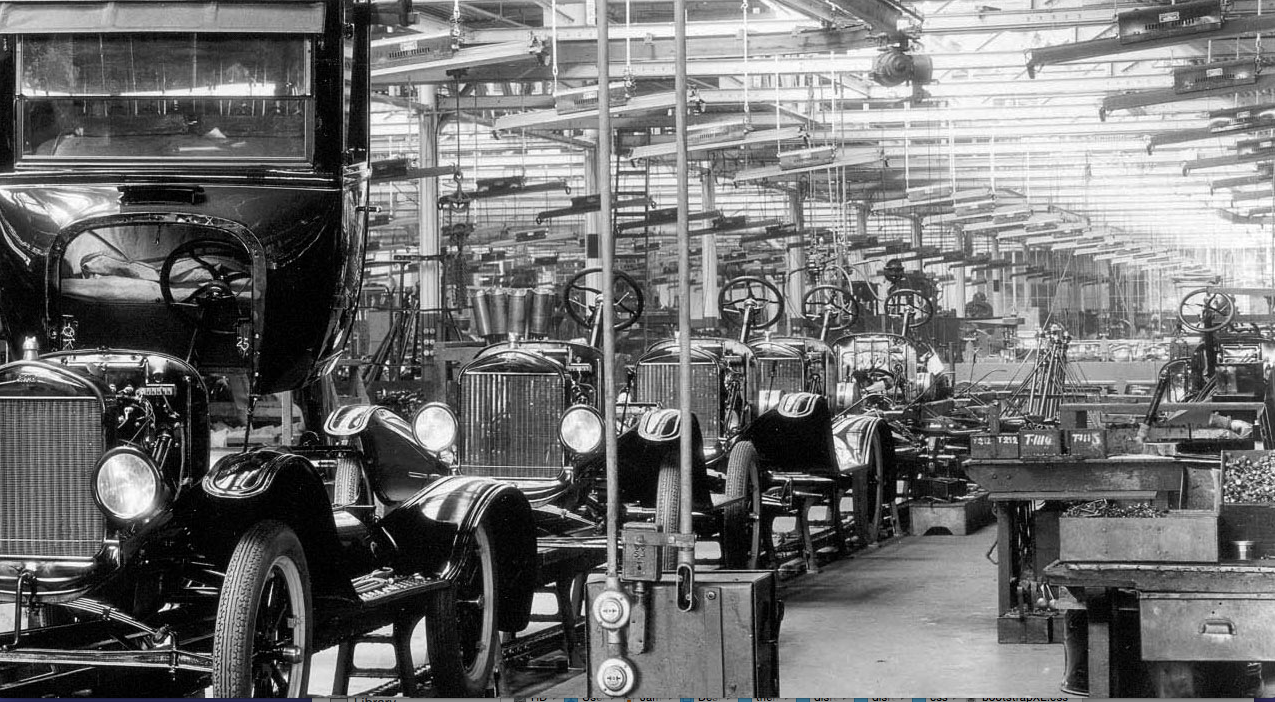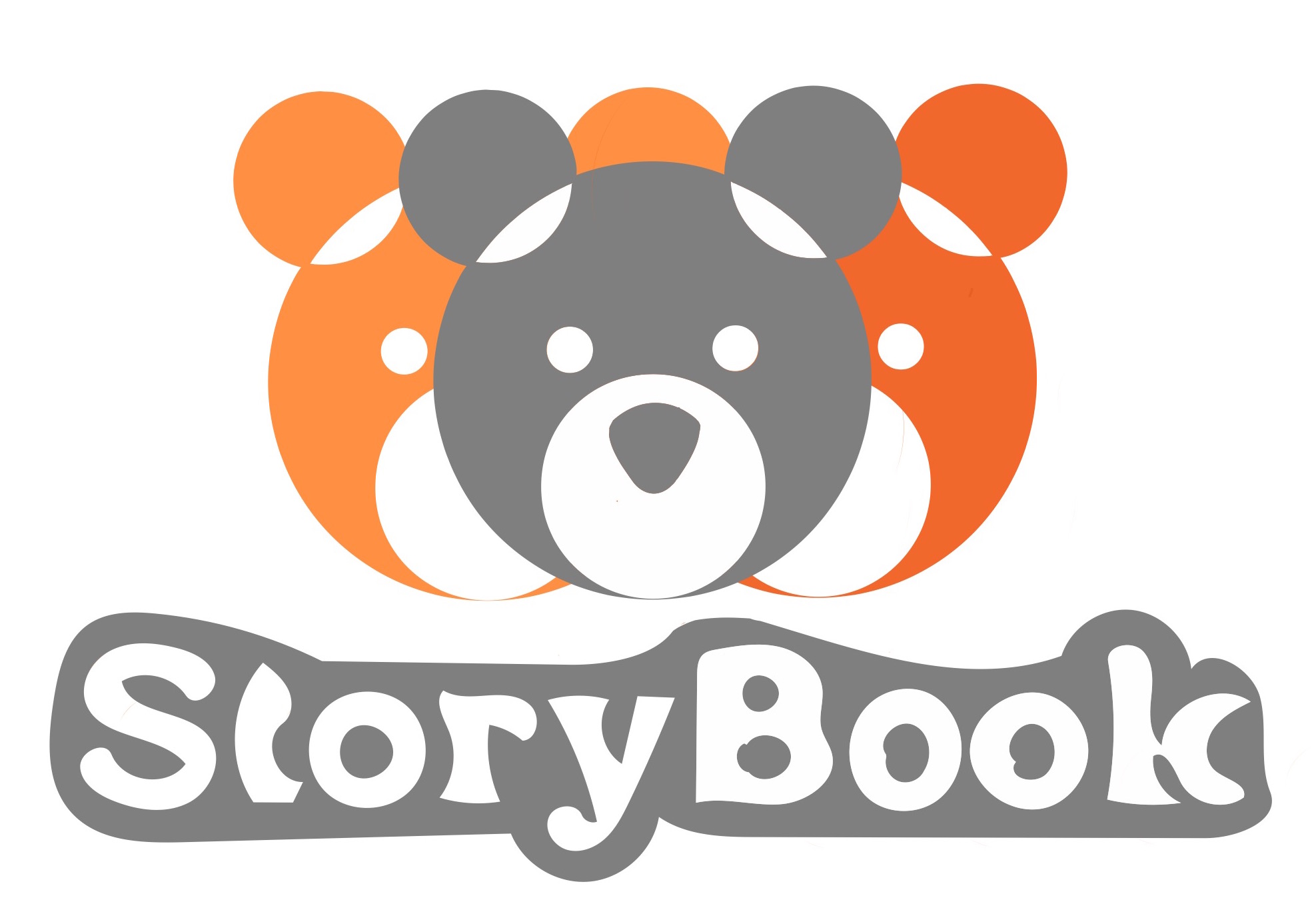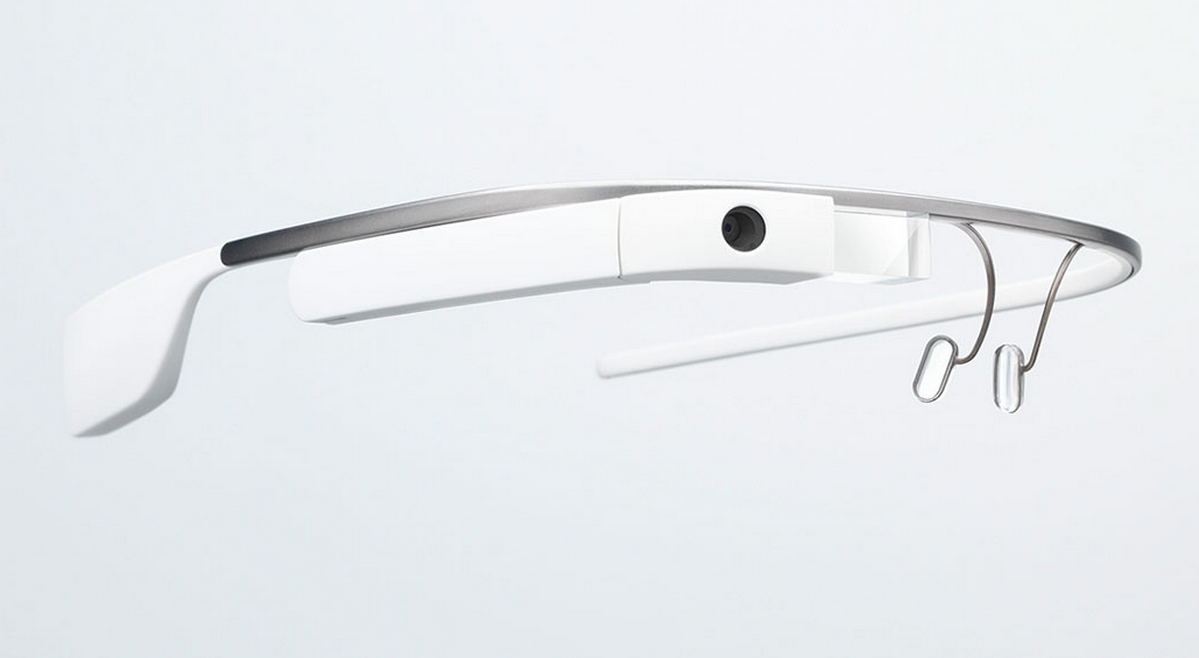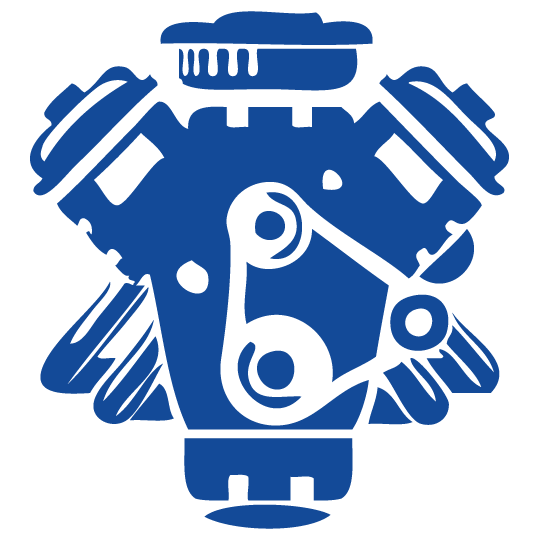See Part 1 here: Viability in Pools of Possibility
Why do we care so much about disruption? Disruptive innovations still represent a holy grail that companies clamor after. Despite disagreements over the definition of disruption and a myriad of other criticisms, the allure of commercializing anything that could fall under the nearly mystical umbrella of disruptive innovations is too strong to resist. After all, historically disruptive innovations dominate industries and markets, and yield monumental returns. But disruptive innovations are only a subset of the larger category of revolutionary innovations: the ones capable of causing paradigm shifts.
There is one commonality among these truly disruptive innovations: they open up new realms of possibilities and activate future branches of development. When focusing on defining, evaluating, and forecasting disruptive innovations, the focus seems to be on what these innovations replace, rather than the possibilities they activate. I analyze disruption within the context of the innovation commons to clarify how disruptive innovations come about and the role they play.
Within this ecosystem, technologies can be grouped by species, genus, family, and on. Because technologies interact and cross boundaries, defining the exact boundaries for each group is difficult. In the innovation commons, the distance between two technologies is measured by the number of sub-components and sub-problems they both share. They compete for resources by satisfying specific consumer needs. Two species of technologies compete when they both attempt to solve a similar enough problem for the same set of problems.
Each species of technology competes for the same resource: consumers. When a new technology enters this system, if it can cross a performance threshold set by the established technology, it can compete for the same set of consumers the established technology is satisfying. This will occur if the utility from using the new technology () minus the price of using the new technology (
) is at least equal to the utility (
) minus the price (
) of using the established technology.
When a new technology can cross this basic performance threshold, then it has a chance of being disruptive. Disruption is not binary, it is a spectrum. Disruption could mean the complete replacement of the established technology by the new technology (Netflix and Blockbuster), or the two may coexist (Uber and Taxis). The new technology could either causes the extinction of the old technology, or the new technology could carves out its own niche as a unique species. When the two technologies compete with one another, three key factors influence the threat of disruption:
- Dimensions of Competition
- Spillover Effects
- Feasibility of Improvement
Dimensions of Competition:
To compete for the same set of consumers, the new technology and the established technology have to satisfy a similar core need. However, the new technology can complete the same job in a radically different way. Wikipedia acted as encyclopedia, but the way it provided that service was radically different than the previously dominant Encyclopedia Britannica. The same is true for Netflix and Blockbuster, Uber and Taxi services, and many other instances of disruption or technological change.
The less overlap there is between the dimensions that the new technology offers and those the established technology offers, the more disruptive the new technology will be. Established technologies can exploit shared dimensions and respond more effectively to the entrance of a new technology.
However, when the new technology offers a new dimension (such as Netflix’s introduction of online video streaming), the incumbent has limited capacity to respond. The incumbent is tied into developing its current set of attributes. It evaluates success based on how consumers respond to this set and deals with the sub-problems that this set of attributes create.
Netflix negated any first mover advantage Blockbuster had with its existing set of attributes (storefront distribution) by being the first mover in a different dimension (online streaming). At what level is the new technology differentiated? Is it a new species? A new genus, or family? The higher the level of differentiation, the more disruptive the new technology will be.
Spillover Effects
Christensen’s definition of disruptive innovations is still highly relevant. Disruptive innovations frequently originate in niche markets that highly value certain attributes that the new technology offers. The weight that niche segment consumers place on these special attributes is high enough that consumers can tolerate mediocre or poor performance along other dimensions.
However, for the technology to be disruptive, it has to eventually be appeal to consumers in some mainstream segment. The spillover between developing attributes niche market consumers value and value creation in a mainstream segment influences the disruptive threat the new technology poses. Google Glass found a few niche markets, such as surgery, but developing features surgeons valued did not create value for mainstream smartphone users. Hence, Glass was not disruptive.
Commercializing new technologies in niche markets does not always lead to disruptive technologies. Just as incumbents and industry leaders get tied into the value network of their consumers technology, new technologies can get tied into the value network of a niche market. If niche market consumers are willing to pay enough, they can constrain the developmental future of a new technology. While a new technology may still be able to succeed in disrupting niche markets, to have an impact in mainstream segments, attributes niche consumers value must overlap to some degree with those mainstream consumers value. Monitoring the spillover effects of new technologies also helps highlight future opportunities.
Feasibility of Improvement
When the new technology competes along different dimensions than the established, the feasibility of advancing along those dimensions must be taken into consideration. The established technology, existing in a defined space, addressing defined problems, can more accurately project returns to research and development. This phenomenon exists because, as discussed in Part 1, collective action reduces uncertainty.
The novel dimensions the new technology competes along are less defined, and advancing along those trajectories leads variable returns.
Clayton Christensen describes some of the typical roadblocks that inventions find on the path towards becoming an innovation:
- The momentum barrier (customers are used to the status quo)
- The tech-implementation barrier (which could be overcome using existing technology)
- The ecosystem barrier (which would require a change in the business environment to overcome)
- The new-technologies barrier (the technology needed to change the competitive landscape does not yet exist)
- The business model barrier (the disrupter would have to adopt your cost structure)
To this list, I would add a political barrier (political rules and regulation act as hindrance, common in the healthcare industry), and refine the definition of the momentum barrier to include a social/cultural element. While Christensen applied this framework to evaluate whole technologies, the same underlying concepts can be used to address the barriers to improvement individual components face.
The disruptive threat will vary depending on the quantity and severity of the various barriers to development a new technology may face. By analyzing barriers along each individual dimension, we can better analyze how the developmental future of a new technology differs from that of the existing one. This breakdown reveals opportunities where the established technology is weak, and highlights areas where it is strong. In this manner, disruption can not only be better forecasted, but it can be engineered.
The Origin of Disruption – Overgrazing
But where do disruptive innovations come from? Disruption simultaneously causes displacement, while generating new possibilities. To understand this, consider the developmental history of the existing pool of innovations and technologies. Recall that in the innovation commons, around this existing collective is a bubble of tolerable risk. The closer to the center of this bubble a new idea is, the better its chances of becoming an innovation are. Over time, clusters of innovations spawn future inventions that follow their own developmental trajectories. These trajectories trend towards a logarithmic pattern. Growth stalls as critical components run into delays.
If a certain tree of trajectories is pursued far enough without activating new directions and branches, the ratio of plateaued trajectories to growing trajectories will increase over time. The collective inclination to pursue “safe” opportunities can lead to a dearth of novel originations. Everyone is drawing from the same technology stock to keep innovating, and this stock can be “overgrazed.” In the innovation commons, overgrazing is rarely fatal. It would be very difficult to exhaust even the number of possibilities generated from a small collection of components. Overgrazing is a much more subtle phenomenon.
Overgrazing leads to “disruptive innovations,” using the original definition of the word: a discontinuity, displacement, and disequilibrium. These unanticipated innovations emerge from points at the edge of the bubble of uncertainty tolerance, and sometimes beyond. They employ a dramatically different approach, and most importantly: open entirely new avenues of development — new domains for exploration. When the majority of trajectories are tightly clustered, overgrazing in one spot, only a small portion of the area of the bubble of uncertainty will be covered. This feature is what makes disruption both hard to spot and hard to originate as incumbents.
Coming from the edge, disruptive innovations tend to activate sets of trajectories whose components are very “far” away. There is very little overlap between this new set and the old set. The new set, being novel, originates from a higher base and usually offers better performance, functionality, quality, and quantity than the old set. When disruption occurs as a response to overgrazing, negative technological shocks will be higher. More resources will have to be repurposed to meet the needs of the old technology, more workers will need to learn new skills, and the developmental history of existing branches of technology will grind to a halt.
Areas where technological trajectories cluster will be ripe for disruption. Consider a single set of consumers with a defined set of needs. When competition for these consumers is concentrated between firms that employ technologies of the same species, differentiation at a higher level (and subsequently disruption) is more probable.
Christensen’s initial theory of disruption posits that disruptive innovations first are initially low end products. Because of this, he argues that Uber (and perhaps even Tesla) are not disruptive. I disagree about Uber and Tesla, and my construction of disruptive innovations explains the low end low end aspect in the following way:
- Mainstream consumers value the entire set of attributes an established technology offers as a whole, demanding performance across multiple dimensions.
- Niche consumers highly value one or two key attributes that are the new dimensions the innovation offers. These dimensions must have an ability to solve jobs the existing company does in a new way.
- Integrating these new dimensions into the full set of attributes the existing technology offers is initially difficult and so from the perspective an existing technology (or consumer using the existing technology), the performance of the new technology seems low end.
- The new technology finds a smaller market and environment in which to survive and continue evolving within.
- Depending on the innovation, the set of attributes it offers improves over time.Christensen’s various barriers to disruption will determine how difficult it is to develop, but eventually the new dimensions do such a good job of adding value that the new technology meets the performance threshold set by the established technology.
- At this point, the new tech competes with the established tech for the same consumers. The result of this competition depends on the difference in value creation, distance of dimensions, spillover effects, feasibility of improvement, and other factors that impact the disruptive threat of a new technology.
Displacement and Activation
Fundamentally, with disruptive technologies: “old displaced technologies fade from the collective, their ancillary needs are dropped. The opportunity niches they provide disappear with them.” (Arthur, 2013) Disruption plays an essential role in the cycle of creative destruction. By labeling these technologies as “disruptive” we emphasize the destruction aspect: the disequilibria, displacements and discontinuities they cause. Instead, we should focus on the creation aspect of disruption: how disruptive innovations active new branches of developmental possibilities.
Such a shift in emphasis will naturally re-focus attention on the key influencers of disruptive threat that I outline. Focusing on new modes of creation should lead people to question how the same problem can be addressed in different ways, along different dimensions. This attitude should encourage innovators to search for markets with spillover effects: where developing a technology along a single dimensions creates value in multiple markets. Addressing the feasibility of improvement should always be important, but in this context, the emphasis is on how to develop a new technology — not how to replace an old one. By better defining the origin and outcomes of disruption, we increase our ability to forecast and engineer disruptive technologies.









